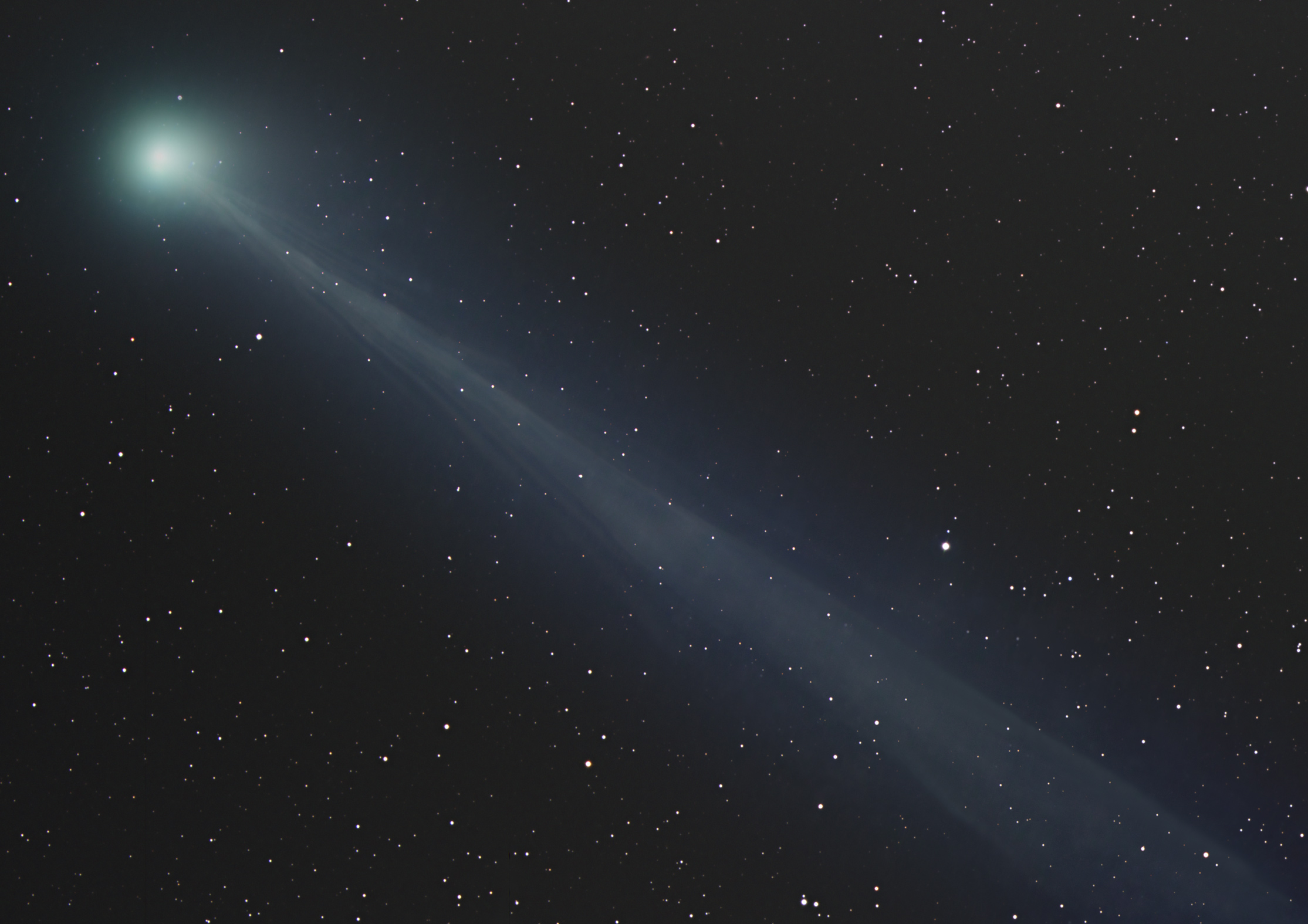APOD #4 on "Children of the Sun"
 On November 11th, the planets Mercury, Venus, Mars, and Jupiter were found to be within 15 degrees of the Sun. In the image, the Sun's size and position is represented by the white circle in the occulting disk of the coronograph. The coronograph is onboard the SOHO, of SOlar Heliospheric Observatory. The horizontal streaks, especially the one that cuts across Venus, are there because the brightness of the planets Venus and Jupiter are overloading the image.
On November 11th, the planets Mercury, Venus, Mars, and Jupiter were found to be within 15 degrees of the Sun. In the image, the Sun's size and position is represented by the white circle in the occulting disk of the coronograph. The coronograph is onboard the SOHO, of SOlar Heliospheric Observatory. The horizontal streaks, especially the one that cuts across Venus, are there because the brightness of the planets Venus and Jupiter are overloading the image.In the image, one can see a double star near Mars. This is Zubenelgenubi. Zubenelgenubi was once part of the southern claw of Scorpius, its partner in the northern claw being Zubeneschamali.


